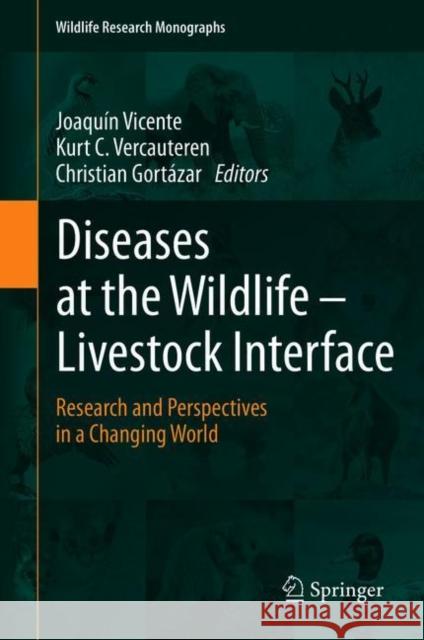Diseases at the Wildlife - Livestock Interface: Research and Perspectives in a Changing World » książka
topmenu
Diseases at the Wildlife - Livestock Interface: Research and Perspectives in a Changing World
ISBN-13: 9783030653644 / Angielski / Twarda / 2021 / 421 str.
Diseases at the Wildlife - Livestock Interface: Research and Perspectives in a Changing World
ISBN-13: 9783030653644 / Angielski / Twarda / 2021 / 421 str.
cena 685,93 zł
(netto: 653,27 VAT: 5%)
Najniższa cena z 30 dni: 655,41 zł
(netto: 653,27 VAT: 5%)
Najniższa cena z 30 dni: 655,41 zł
Termin realizacji zamówienia:
ok. 22 dni roboczych
Bez gwarancji dostawy przed świętami
ok. 22 dni roboczych
Bez gwarancji dostawy przed świętami
Darmowa dostawa!
Kategorie:
Kategorie BISAC:
Wydawca:
Springer
Seria wydawnicza:
Język:
Angielski
ISBN-13:
9783030653644
Rok wydania:
2021
Wydanie:
2021
Numer serii:
000791974
Ilość stron:
421
Waga:
0.85 kg
Wymiary:
23.88 x 19.56 x 2.54
Oprawa:
Twarda
Wolumenów:
01











